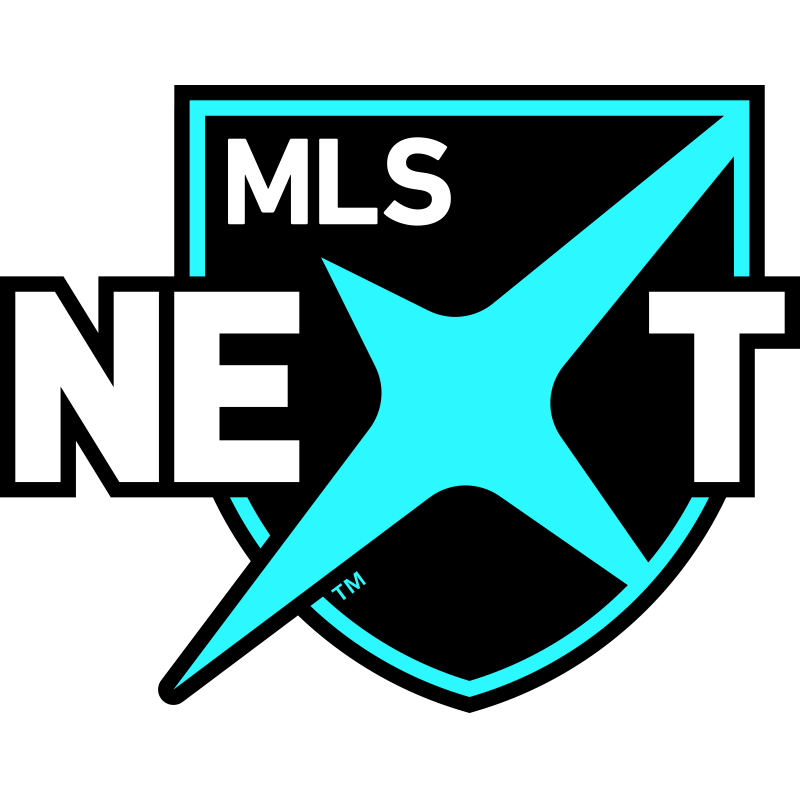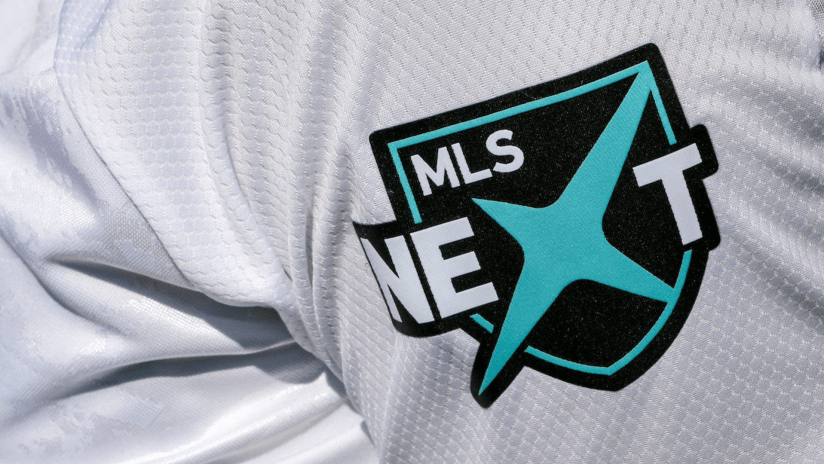BLAINE, Minn. – On the week of the first-ever MLS NEXT Pro All-Star Game presented by Allstate, where 45 of the best young players in North America will compete in an East vs. West format, the overwhelming conclusion from those involved in growing the game across the region is that youth soccer player development is moving in the right direction.
"Huge, huge success – obviously with starting in MLS NEXT from scratch, it was kind of dumped on us during the pandemic," Alecko Eskandarian, Senior Director of Player Relations and Player Development, told MLSsoccer.com when assessing the early stages of the MLS NEXT.
"None of us were prepared for it, to see how much it's grown in its first year and now in its second year to now, where we can honor these top players, top performers with an All-Star Game. It's been awesome."
A new route
MLS NEXT → MLS NEXT Pro → MLS. For the first time in the American and Canadian soccer landscapes, there is a clear path to the highest level. Players are now receiving high-level coaching at a young age more consistently, and the proper resources are being put into the youth game around the country.
"It's been really, really nice to kind of show the country that there is a clear pathway to the professional level, that there is a difference between pro clubs and pro-environment and what resources come with that and what is being offered to the top players and coaches," Eskandarian said.
It is a structure that was nowhere close to being in place when Eskandarian was training as a kid in New Jersey on his way to a successful career in MLS, where he was nominated to All-Star Games on two occasions.
"It's way more focused, I would say," Eskandarian said about the training kids are receiving today. "More high level. These kids at a young age are already understanding tactics in a way that some pros didn't even understand when I was playing, so it's just a different level of IQ that these kids have and even technical ability."
Fred Lipka, Vice President, Player Youth and Development, took it a step further, stating that with the creation of MLS NEXT and MLS NEXT Pro, players no longer have to seek overseas opportunities in order to have the best chance of making it to the next level.
"When I arrived [nine years ago to the US], you see this view that it was easier to become pro and to play in the Champions League if you go aboard," Lipka said. "I think it's totally changed. Now, I would say if you want to be successful, you may be better playing NEXT and to sign your first contract in MLS."
Bridging the gap
Results are coming in faster than many would have expected when MLS NEXT (not yet named at the time) was announced on Aug. 4, 2020 during the early days of the COVID-19 pandemic. And MLS, as well as the US men's national team and Canada, are already reaping the benefits.
First-team clubs no longer have to put all their resources into recruiting from overseas, but can focus on the players within their own backyard.
There are currently 10 MLS NEXT Pro players who have signed first-team contracts and countless MLS NEXT players who have signed homegrown deals or committed to Division I universities. Among them is Brian Romero – named to represent the East in the All-Star Game – who signed last week with Charlotte FC as their first-ever homegrown player at 16 years old.
"Now the gap is kind [of smaller] and the national team, both national teams benefit, Canada as well and I would say maybe also Mexico indirectly because you have a lot of nationalities and citizenships in MLS and NEXT," Lipka said.
"The idea was to bridge that gap and to not only be focused on import players when they are better than what you can develop. But today, we are on the stage. We're now with the national team. We play young players, we sell young players. Now we catch up to level with the best nations in the world, Europe. But also South America and Mexico is our benchmark," he added.
The American way
Though the top countries provide a benchmark, the American soccer landscape provides many of its own unique challenges, with the largest ones being the overall population and the various geographies throughout the country.
It forces MLS NEXT to go about scouting and development in their own way, the American way. There is still a long way to go and ensuring every region has the proper resources, but if the early progressions are any sign of future success, it's possible to think peers overseas may be playing catch-up in a few years.
"We have to own our own identity," Eskandarian said. "The American soccer player looks different than a Belgian soccer player or a German soccer player. And I don't think we should sit here and copy Germany or copy Brazil when our player pool and our resources and all the elements are different. So we have to very much own who we are, what we are.
"I think the rest of the world is a little bit scared because if we get it all together, we're going to be a problem to deal with."











